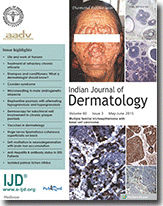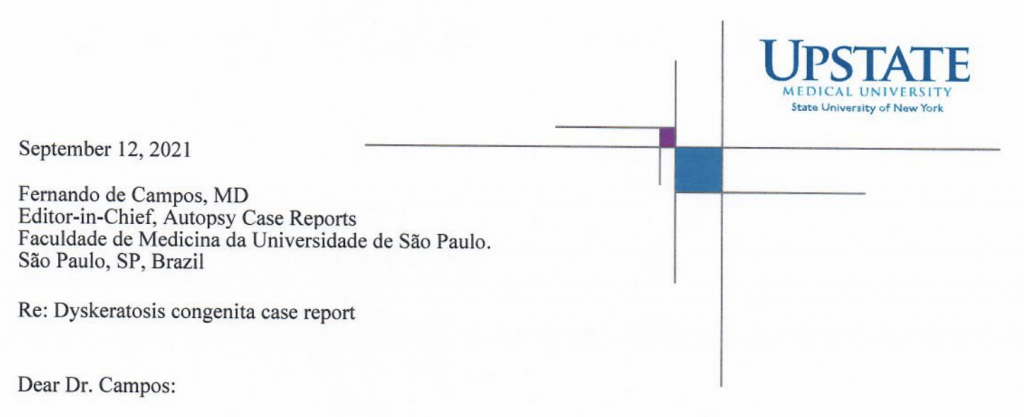
The authors of a case report involving a patient who died of a rare disorder of the bone marrow have removed an image from the article after the person’s mother objected to the use of the photograph.
The paper, “Dyskeratosis congenita,” appeared in Autopsy Case Reports in 2020 and was written by a group from Upstate Medical University, part of the State University of New York system, in Syracuse.
We saw the notice in November and were curious if we could learn more. So we filed a public records request for documents related to the article – and received a response last week disclosing correspondence between Robert Stoppacher, a co-author of the report, and the editor-in-chief of the journal.
In a letter to the journal on Sept. 12, 2021, Stoppacher stated that:
Continue reading Authors blame ‘unintentional oversight’ for including image of deceased patient in paper
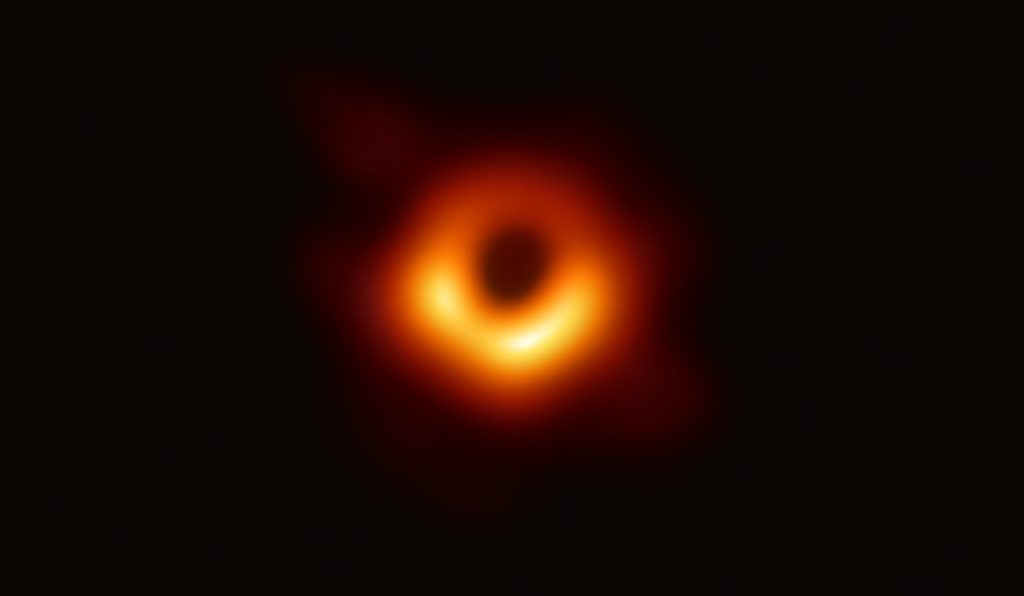


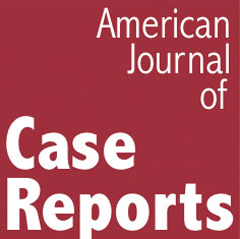 A group of researchers have retracted their 2016 case report about a rare dermatologic disorder in the wake of disputes about authorship and institutional approval.
A group of researchers have retracted their 2016 case report about a rare dermatologic disorder in the wake of disputes about authorship and institutional approval.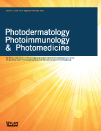 Researchers have agreed to pull a 2015 study exploring whether a plant extract can safeguard tanners from ultraviolet exposure after not obtaining formal approval from an ethics committee.
Researchers have agreed to pull a 2015 study exploring whether a plant extract can safeguard tanners from ultraviolet exposure after not obtaining formal approval from an ethics committee.
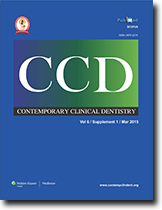 A
A 